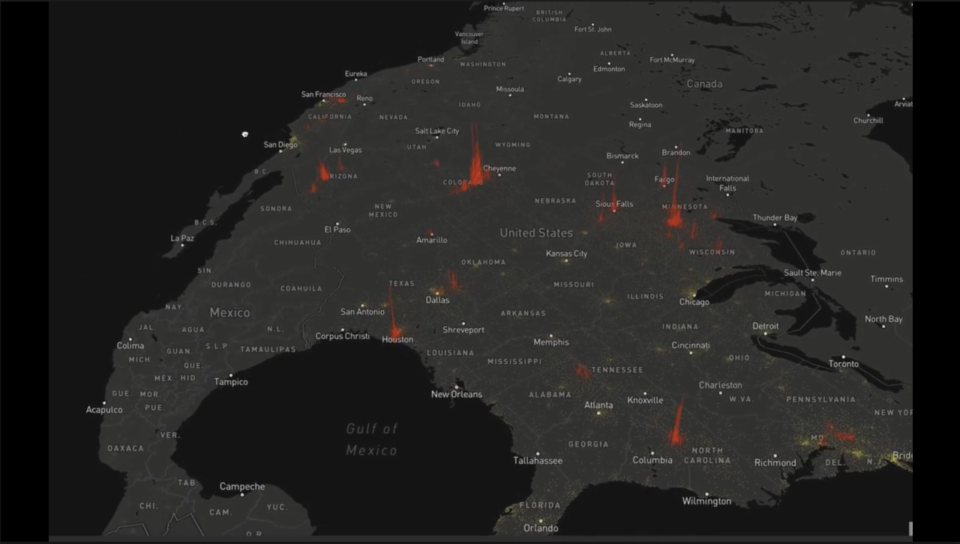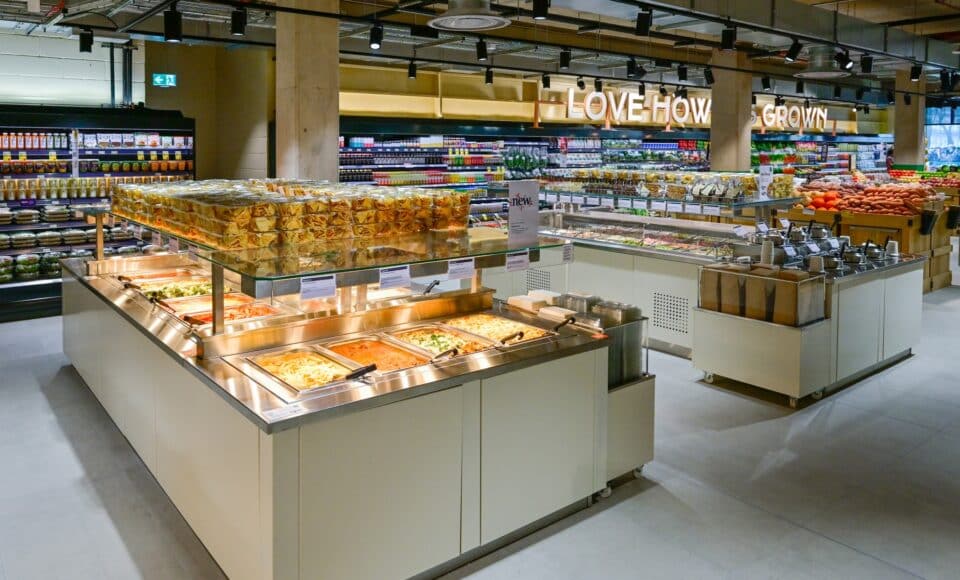How will virtual experiences change retail?
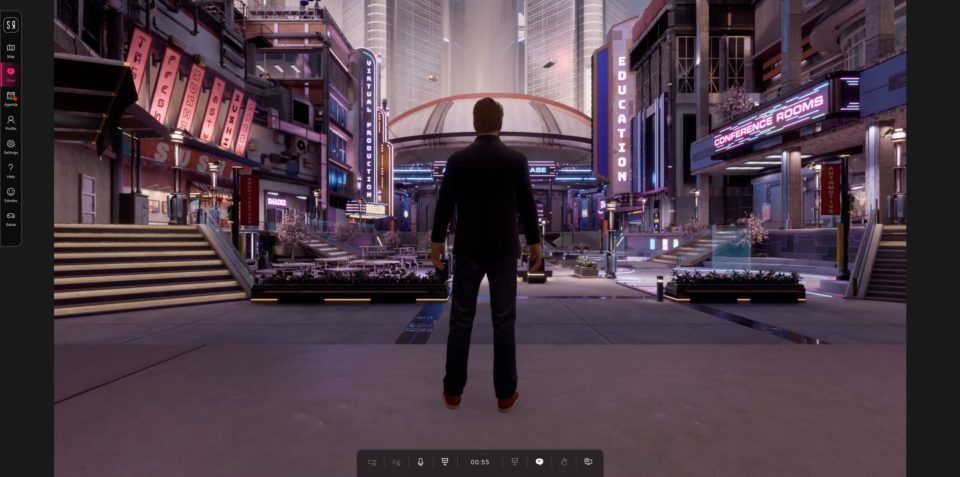
One way or another the metaverse is coming to retail.
One of the more interesting applications of it could be hybrid retailing where a virtual experience mirrors—and heightens—an offline one.
This is where SURREAL Events excels as a virtual event platform enabling brands to create their own metaworlds and 3D experiences for engaging with fans.
SURREAL wants brands to create virtual spaces that are creative, collaborative and as human as their offline interactions.
We picked the brains of CMO Adam Voss about all things virtual experience, how the metaverse enables more interesting interactions, and his top tips for any retailers that are curious about the metaverse.
Adam Voss, CMO, SURREAL Events
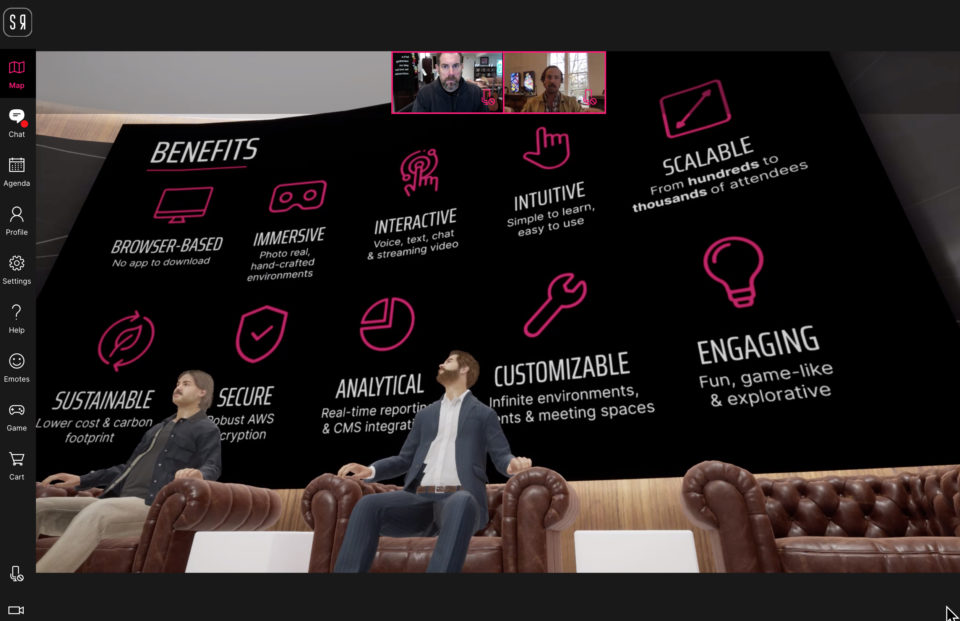
What does SURREAL Events do?
SURREAL is a first of its kind virtual event platform that provides second screen experiences to physical venues, events and activations—as well as bespoke metaworlds for businesses and brands.
SURREAL is built on the Unreal Engine from Epic Games. It’s a three-dimensional world accessed via a browser where your avatar can move around.
The real magic of SURREAL is that it’s social. We try to instil what we like to call virtual verisimilitude, so that you feel as a human being you’re having one-to-one interactions with the other avatars in the space.
The entire ethos of SURREAL is to create an immersive experience as rich as real life, that can also complement IRL engagements. Because it’s all streamed to the browser, all you need to access is an active internet connection.
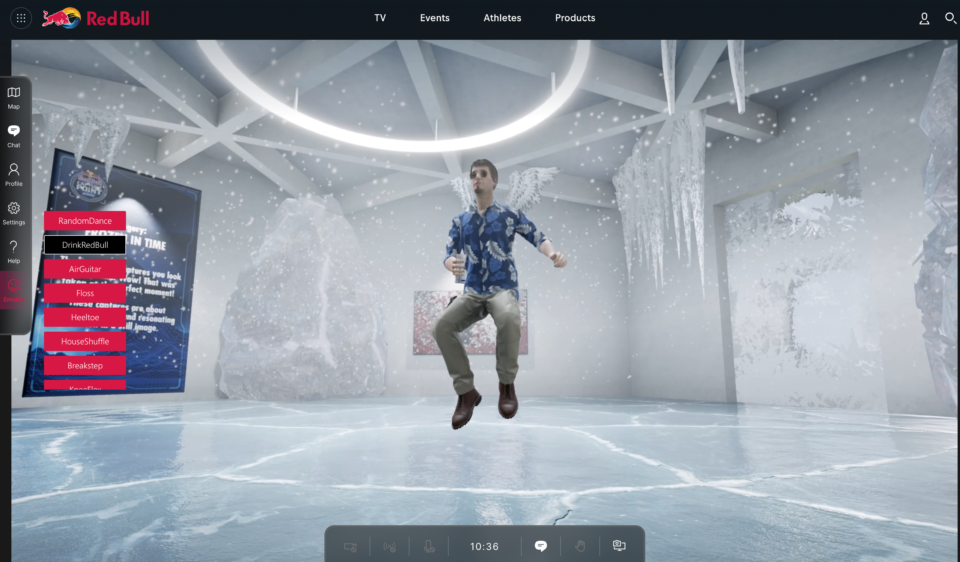
Can you tell us about some of the projects that SURREAL has developed?
We’ve worked with consumer goods companies, sporting leagues, automotive brands, as well as culturally convergent brands like Red Bull. We’re also working a lot with Epic Games, alongside other partners in the ecosystem, on their Detroit Labs innovation space.
With Red Bull we did an activation for consumers as part of their Capture Point competition. They aligned with Sony PlayStation on a competition for consumers to take a screenshot of an impactful moment in select PlayStation titles.
We then built a 3D art gallery where you could create an avatar and navigate and interact with player generated pictures from select PS4 and PS5 titles. We had really interesting rooms, for instance, one had zero gravity and you could bounce around, and one was an ice kingdom with everything frozen around you.
There was also a DJ and you could dance, as well as drink Red Bull and spawn wings that enabled you to fly. It was really a place to celebrate great moments in these games.
We’re also working with the INVNT Group on a project called “bzar.” It’s a space where you can interact, transact and engage with a lot of really high-end retailers, brands and artists.
You can see live performances and DJs. You can ride dragons and play all of these other mini games. You can also buy clothes off the rack and put them on your avatar, and then add them into a cart which goes to the fulfilment engine via Shopify.
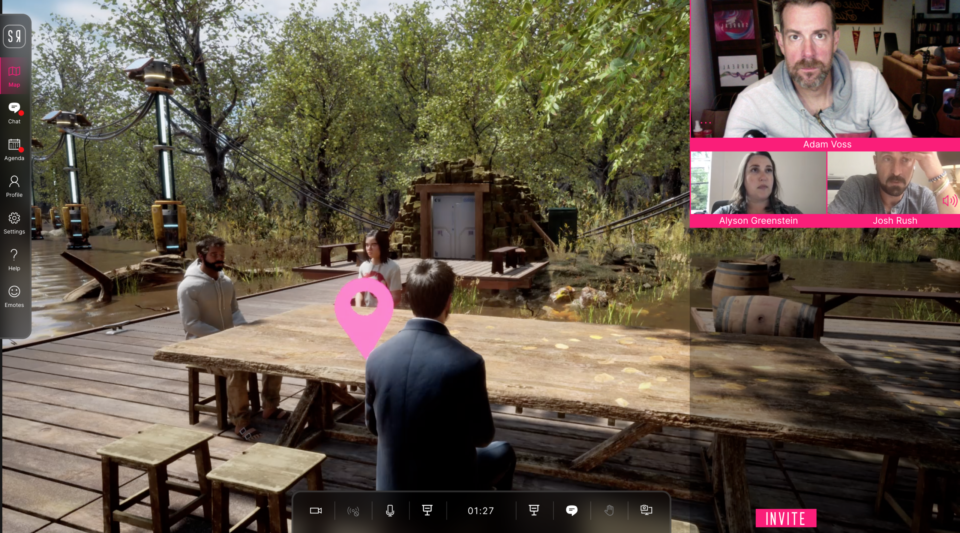
Can the platform be used for live broadcasting?
Yes, but it really depends on what the IP is, who the client is, and whether they have the permission to broadcast the captured content.
You can take any feed and pipe it in, as well as send it outside, of SURREAL.
For example, you can stream a feed out of the platform onto YouTube or Twitch, enabling you to broadcast the 3D world outside the event. Conversely, you can stream a live or pre-recorded broadcast to the event as well.
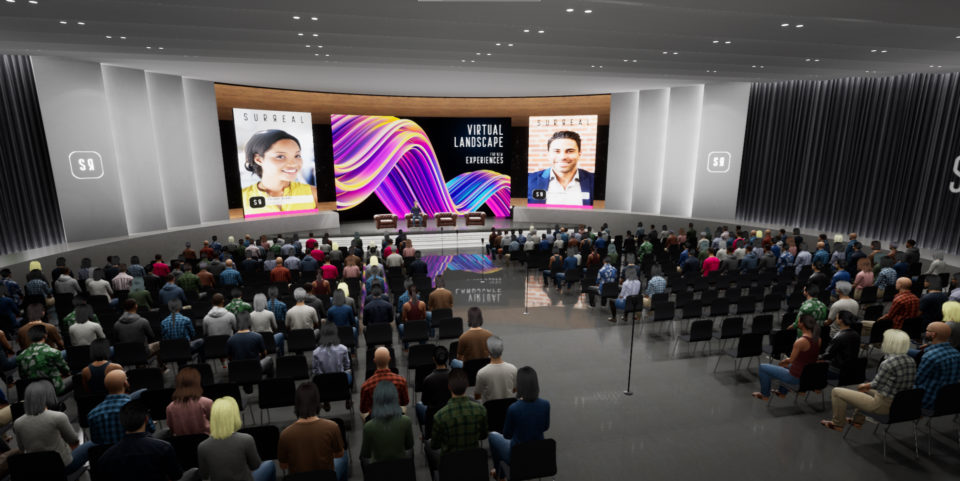
How much does it cost to create and run a virtual space?
It really depends on the size of the world, the complexity of the art direction, and the number of concurrent users in the experience.
The biggest challenge to adoption in creating a differentiated branded experience in a virtual environment is that every brand wants a bespoke experience with some level of persistent traffic and transaction.
This requires artists and developers to design the assets and environments and then optimise those things for whatever engine you’re using, or whatever VR system you’re in. In addition, the cost of cloud computing is still evolving, as is pixel-streaming. So virtual worlds, like physical ones, are labour intensive to deploy.
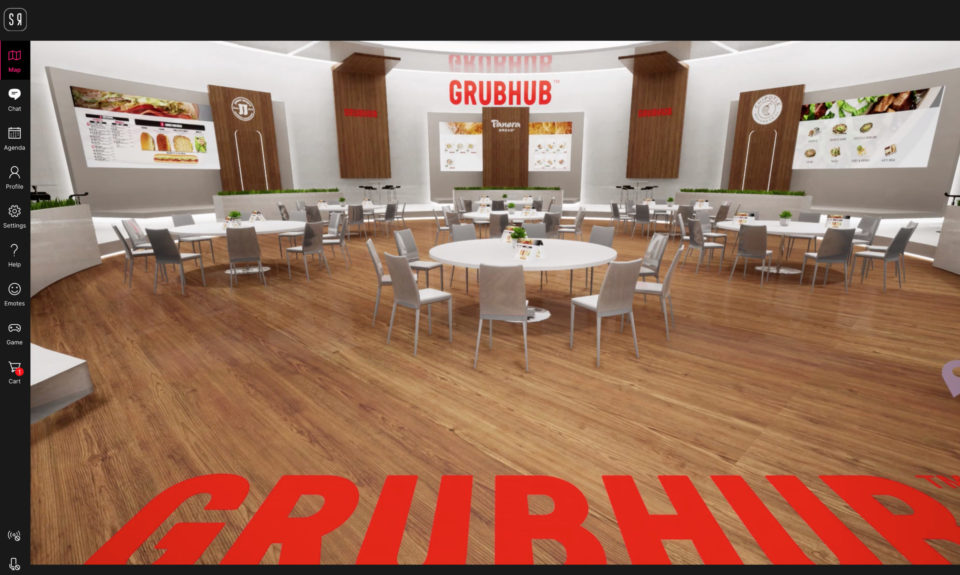
You’re creating a virtual environment and all of the unique interactions in that environment, be it content or clothing or whatever it is. It’s not easy. It’s incredibly complex.
There are so many factors involved. The first thing is to start by mapping and art directing the space, and ensuring it aligns with brand standards. The second thing is designing the experience—what “players” do while they are there. Being a virtual destination, brands want to offer their customers a persistent or semi-persistent space, which means you need the servers available—whether live or on-demand.
Like with any channel, it’s important that companies do enough demand testing, to determine when traffic is highest and estimate how many servers are needed. Knowing peak hours will allow brands to optimise costs with their cloud provider.
But all of this is evolving, and the global cloud compute infrastructure is constantly growing to support demand.
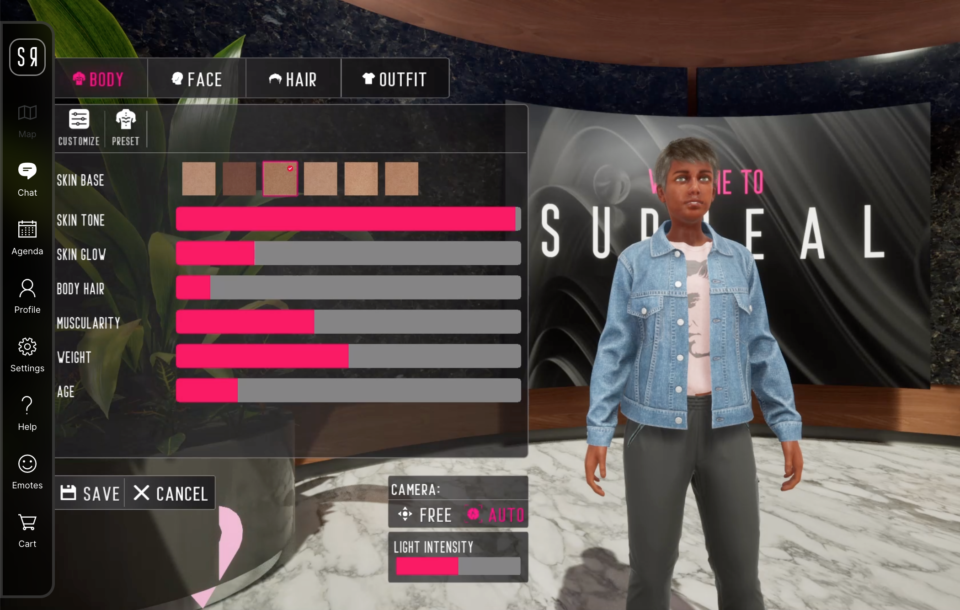
How do you think the experience of these spaces will change over time?
If you think of gaming engines like Unreal Engine or Unity, you’re looking through the screen, experiencing photo-rich 3D rendering. But you’re not seeing true 3D, as we do in real life, because we’re looking through a screen—be it computer, phone or tablet.
Looking to the future, I think eventually this looking glass will erode and we will fully immerse our avatars within a 3D environment. This is when the paradigm of haptics, body suits and sensors will take us farther than VR has historically. Spielberg’s film version of “Ready Player One” illustrates this nicely.
I think what the metaverse could allow for, depending on how deep the development goes, is the creation of an entire inner spatial world that we experience as a three-dimensional being, but in a completely virtual space.
I also think at some point Web3 will become a reality and these interactions will be built on the blockchain—decentralising data and enabling a deeper level of accessibility, security and interoperability. This will allow us to move more freely through the metaverse. I also think at some point there will be AI components that learn behaviours and interactions and create their own characters. Check out the Ryan Reynolds film, “Free Guy,” to see what I mean.
When will we get there? I don’t know. I think it could be anywhere in the next 15 to 50 years. I am very excited to see how demand and adoption drives this!
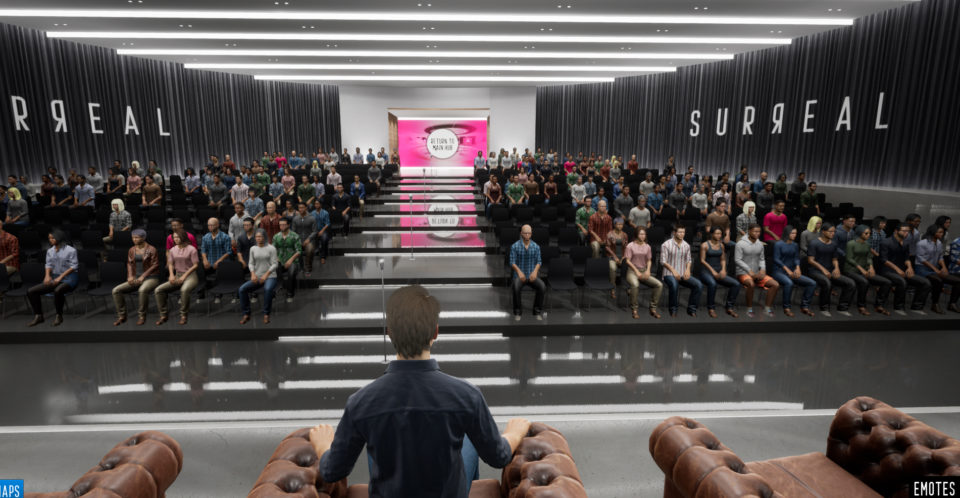
How will retail experiences evolve in the metaverse?
They shouldn’t be so literal. There should be things that you recognise, but also things that are playful and catch you off guard.
One of the components that makes BZAR so interesting is that they wanted to create a retail space, but they also wanted to create a place where celebrities and influencers could have one-to-one meet and greets or Cameo-type interactions, but live and not just pre-recorded.
They wanted to create a space where they could host performances and live shows. In this venue, your avatar can dance and interact with the performance and then they sit down and open up a video chat to have a conversation with another fan.
Our stack is built on a bunch of apps that allow people to text with each other, to have a one-to-one video or voice conversation, or have a group conversation.
We have places where you can buy food and have that food delivered to wherever you are. So, you could be eating as an avatar, but actually have your food come to your door.
You know, Vans did a big activation on Roblox which was a great example of knowing your brand’s target demo and what they want to do. Vans’ customers want to go to a skate park, so they created a virtual skate park that allows you to play and hang out with others in the space. The longer they hang out in the space and they see what their avatars are wearing, they’re going to want to wear the same thing.

I think the future of the metaverse is using gaming technology to create adjacent opportunities for brands, for creators, for individuals. It’s just a whole new way to create your digital identity, your persona, to be whatever you want it to be.
But the metaverse needs to be accessible. Now there can be gated access for events or performances where you need to pay to get in, but in general users need to be able to access it.
You also want to be able to create a one-to-one, photo-realistic avatar that can move between these worlds—or non-human representations—and take your achievements, purchases and points with you where you go. It’s a place to meet people. It’s a place to experience things.
Avatar creators must offer a high level of real and fantastical customisations with diversity and inclusion. You also need to be able to move from world to world, so again, interoperability, accessibility, and security are really big parts of the puzzle.
Likewise, game design and programming are equally critical because in order to get a consumer to stay in a metaverse space, there’s got to be something to do. Content is paramount. It’s got to be fun, or your dwell time will be 10 minutes and you’re out and your shopping cart is abandoned.
It’s art and interaction in a transactable setting. Game companies have been doing it successfully in their siloed platforms for years. The average gamer between the ages of 15 and 25 spends $100 a month on in-game transactions.
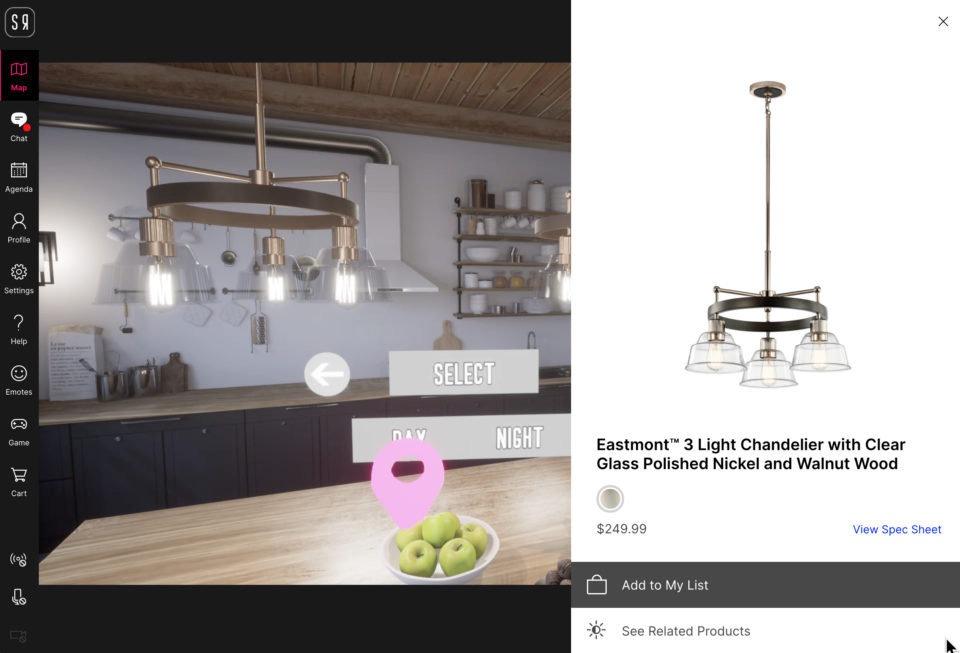
What’s your view on where retail is in relation to the metaverse at this point?
I think retailers are curious and learning about what the metaverse is right now.
It’s a buzzword. They’re seeing it on LinkedIn. People are talking about it. They’re reading articles on it.
The next layer down are the retailers that are looking for more data and metrics to actually quantify and justify the return on investment in something like this.
The third level are retailers that are conducting serious due diligence. They have funding allocated. They have a real metaverse strategy and know that they’re going to invest in this space.
The fourth level are retailers starting to partner with companies like us and put some tactics into play. And then I would say the fifth level are retailers that are well into development mode on their metaworld and planning a launch in 2022.
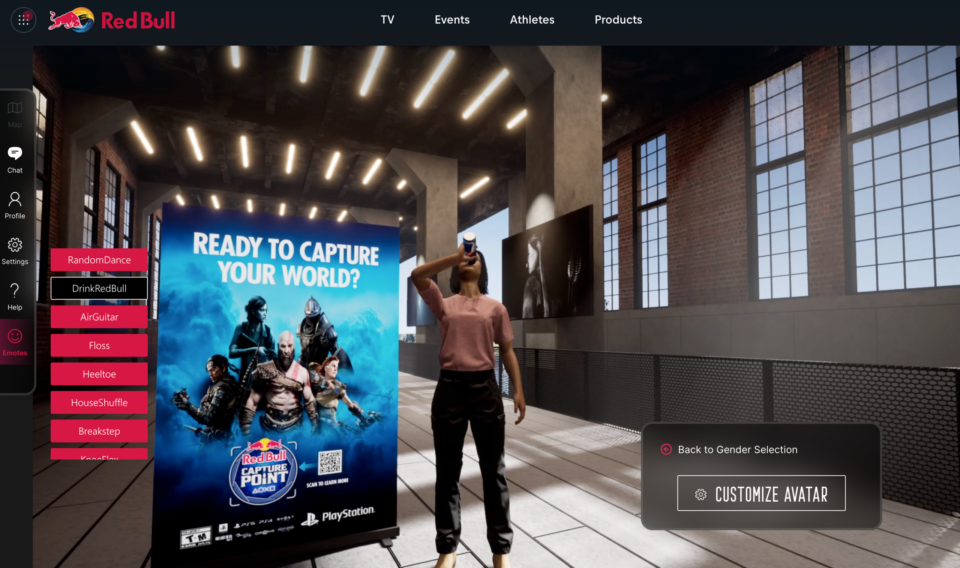
I think in the next six to 12 months we’re going to see a number of retailers come out with their own metaverse application. It could be app based. It could be VR or AR based. But I think that the real success of the whole market opportunity is in the interoperability and connection of all of these metaverses.
Fans build brands. If you have intellectual property and products that your fans are there for, they’re going to support whatever interaction that you create. It’s just about expanding that audience and getting more people to check it out. That’s what Fortnite has been doing with artists like Ariana Grande and Radiohead.
If you’re a diehard fan, you’re going to go in there to check it out and that’s when you’re going to start engaging. There’ll be an exit through the gift shop, and you can buy limited vinyl records and exclusive t-shirt drops.
The global ecommerce market has exploded in the last two years. The pandemic has accelerated the technology and the way people are buying online. You can go to your search bar and just type in what you want, but if you want to have more fun, connection and interaction I think the metaverse approach to shopping will give you just that.
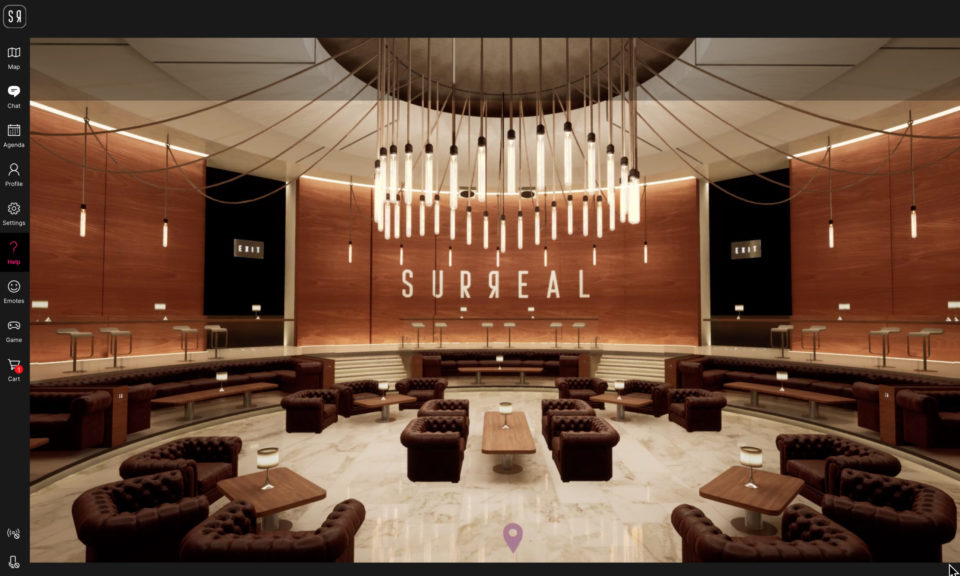
Do you have any tips for a retailer looking to get started with a virtual space?
For retailers that are curious about the metaverse, start reading about the metaverse and start thinking about the way your customers shop and spend, and then start devising a strategy.
Honestly, I would start allocating resources now, because in six to 12 months, you’re going to see a lot of large retailers getting into this space. If you’re not doing it now, your competition is going to leave you behind.
You can start small. You don’t have to spend a million dollars right off. Think about what you want to do, but then go out and test it. It’s not going to be a waste of your time or your money to put some spend into trying to see what works best for your brand and customers.
Digital transformation is coming to this virtual market and it’s going to change the way that we relate to the internet. But like I said, if you don’t start embracing this change now, you are potentially going to get left in the virtual dust.
Don’t be left behind. We’re here to help you work out what the metaverse means for your retail business – book your call now.
Related Articles
Below are other articles from our blog that cover similar topics:


